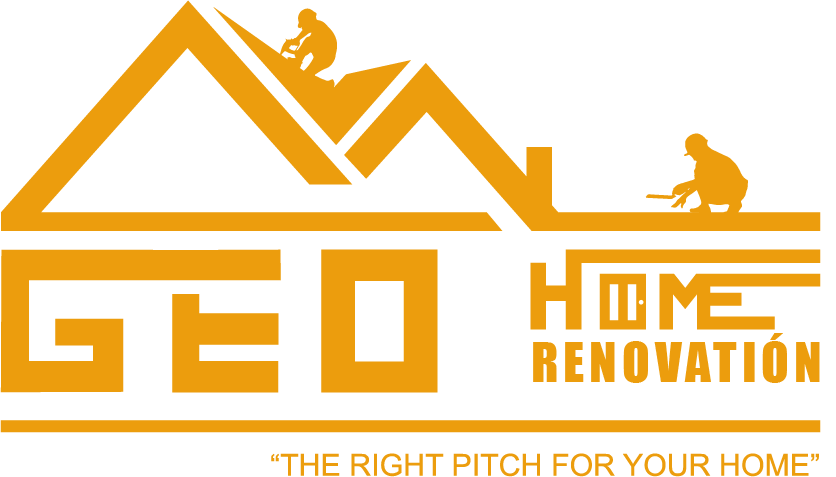
- Asphalt Shingles:
- Pros: Widely available, affordable, easy to install, variety of colors/styles, moderate lifespan (15-30 years).
- Cons: Prone to wind and hail damage, can deteriorate over time, not the most eco-friendly option.
- Metal Roofing:
- Pros: Long lifespan (50+ years), highly durable against weather and fire, lightweight, recyclable, energy-efficient.
- Cons: Higher initial cost, can be noisy during rain or hail, may dent if hit with large objects.
- Clay Tiles:
- Pros: Long lifespan (50+ years or more), excellent durability, fire-resistant, energy-efficient, aesthetically pleasing.
- Cons: Heavy, requiring a sturdy roof structure, expensive, can break if walked on.
- Concrete Tiles:
- Pros: Durable, fire-resistant, lower cost compared to clay, variety of styles/colors, long lifespan.
- Cons: Heavy, requiring a strong roof structure, may crack under extreme temperature changes, can absorb moisture.
- Wood Shingles/Shakes:
- Pros: Natural appearance, insulating properties, eco-friendly if sustainably sourced, can last 30+ years.
- Cons: Prone to rot, mold, and insect damage, requires regular maintenance (staining, sealing), not fire-resistant.
- Slate:
- Pros: Extremely durable, long lifespan (100+ years), fire-resistant, elegant appearance, low maintenance.
- Cons: Expensive, heavy, requires skilled installation, limited availability of colors/styles.
- Synthetic Roofing Materials (e.g., synthetic slate, rubber):
- Pros: Mimic the look of natural materials, lightweight, durable, lower cost compared to natural options.
- Cons: Quality can vary, may not have the same longevity as natural materials, limited styles/colors.
- Solar Tiles:
- Pros: Generate electricity, eco-friendly, potentially reduce energy bills, can be integrated seamlessly into the roof.
- Cons: High initial cost, may not be suitable for all roof types, require adequate sunlight for optimal performance.
- Green Roofing (e.g., living roofs):
- Pros: Environmental benefits (insulation, stormwater management, habitat creation), aesthetic appeal, energy-efficient.
- Cons: High initial cost, requires structural support, regular maintenance, potential for leaks if not installed properly.
- Built-Up Roofing (BUR) or Tar and Gravel:
- Pros: Low cost, durable, suitable for flat or low-slope roofs, UV-resistant, can be repaired easily.
- Cons: Heavy, requires professional installation, can be messy to install or repair, not the most visually appealing option.

Considerations:
- Climate: Choose materials suited to your climate’s extremes (heat, cold, wind, precipitation).
- Budget: Balance upfront costs with long-term durability and maintenance requirements.
- Aesthetics: Consider the architectural style of your home and choose materials that complement it.
- Maintenance: Factor in the ongoing upkeep required for each type of roofing material.
- Sustainability: Evaluate the environmental impact of the materials and their potential for recycling or reuse.
Selecting the right roofing material involves weighing these factors to find the best fit for your home’s needs, budget, and environmental considerations.
